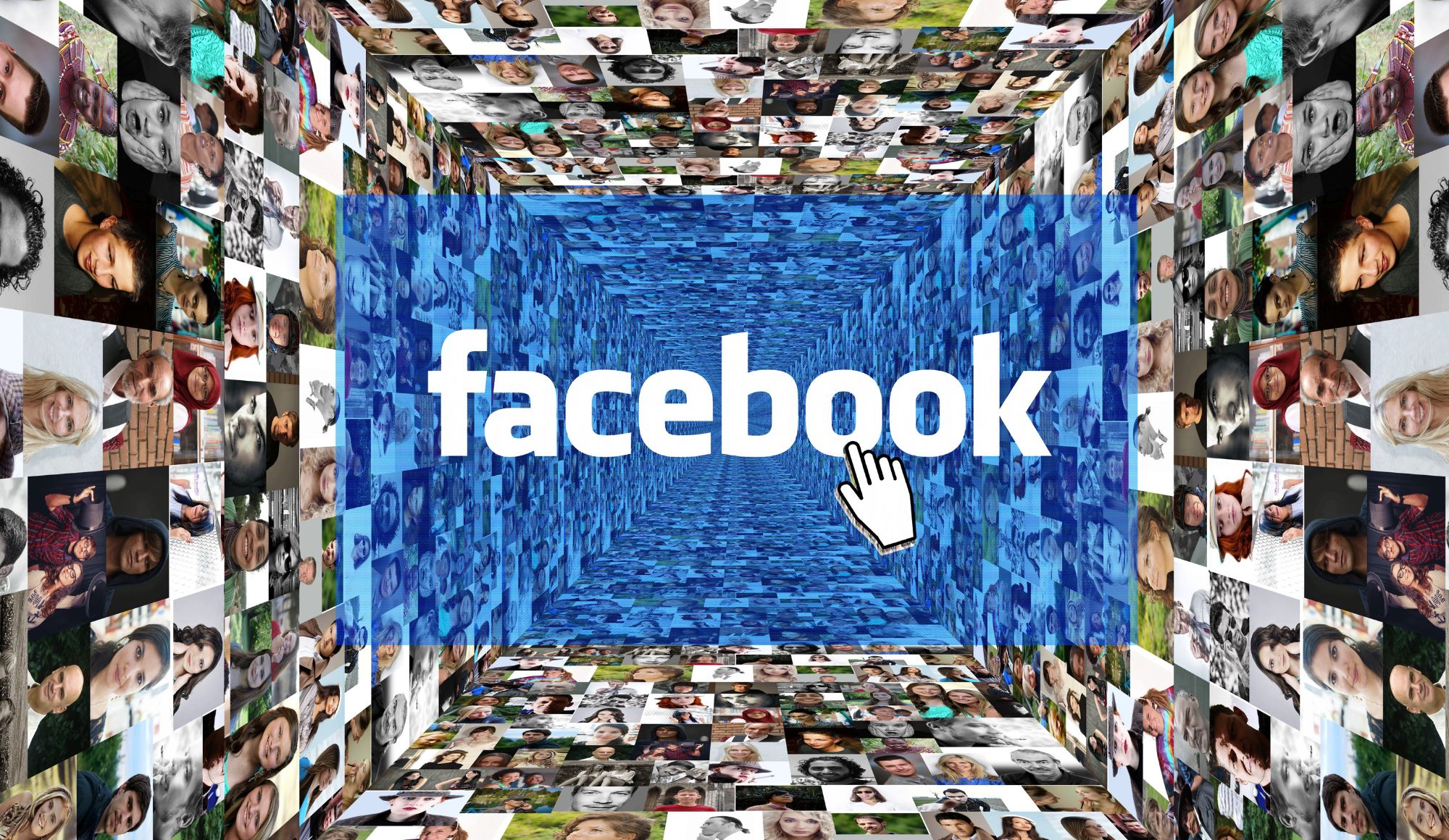FAANG Is Dead, Here’s Why
It wasn’t long ago Meta had a trillion dollar market capitalization. Zuckerberg’s empire spanned social media giants Facebook and Instagram, as well as Whatsapp and Oculus. Then TikTok came along and everything changed.
A few years ago the only platform that could claim a billion monthly active users was Facebook, but by January of this year TikTok had eclipsed this threshold and a full 3 billion users have installed the app.
What has separated TikTok from its social media peers is product design and a superior algorithm to rapidly surface viral content. No longer do you need to be connected to someone to see their content or great content, simply turn on the app and, immediately, videos with massive engagement play. The result is 167 million TikTok videos are watched every single minute.
As TikTok sucks the attention of users from Instagram and Facebook, Meta has seen its share price plummet by 50% year to date, compared with a 13% decline for the S&P 500.
Unlike other FAANG stocks, which have held up much better during the 2022 stock market decline, Facebook has suffered a similar fate to other platforms like Snapchat, whose parent company SNAP also got clipped this year, down 77% at the time of research.
So, if you’re looking to buy rock solid stocks, the bad news is FAANG is dead, but AMAA is alive and well… AMAA stands for Amazon, Microsoft, Alphabet and Apple.
Buy AMAA, Not META
While Meta is undoubtedly undervalued on a traditional cash flow analysis basis – we see upside of 51% using a discounted forecast – the competitive threat from TikTok cannot be overstated.
For investors, the concern is that an app which was built in 200 days can somehow dislodge the undisputed social media king and cause its valuation to unravel with lightning speed.
Contrast that to the defensive moat of AMAA stocks.
Apple
Apple is a much more powerful company than most realize because its moat is expanding every single day in ways few realize.
Want to look at a menu at a restaurant? You need a phone to view the QR code.
Want to drop your kids off to school? You need your phone to check them in.
Want to pay for groceries at the store? You can pay by phone now.
Simply to operate in daily life now requires a phone, and most iPhone users won’t switch. Why would they? Every app they add to their screens is a hurdle to switching to a new platform.
That means when the next generation phone comes out from Apple, they will be buying. And they will be buying for their kids too. Customer loyalty is all but assured for decades to come. Putting a lifetime value on that is nearly incalculable. Apple has a moat so large that no app or algorithm built in 200 days can ever dislodge it.
Alphabet
Similarly Alphabet is nearly impenetrable to competitors. The Alphabet ecosystem is so broad now that it’s nearly impossible to escape it.
Like to browse the web? Statistics say you probably use Chrome, by Alphabet.
Do you send emails? Gmail has the dominant market share and so the odds are you use it.
Like to watch videos online? YouTube is the dominant platform.
Search the web? Google Search is still head and shoulders above its peers.
And outside of the US, Android holds the largest market share of phone operating systems.
Alphabet has massive upside optionality too with Google Cloud, which is currently reporting a loss but growing fast, and its Other Bets division.
Microsoft
If you knew Microsoft twenty years ago, you might be forgiven for thinking it’s still riding on the coattails of its Office products. The reality is Microsoft is behemoth with tailwinds growing fast.
Unlike Alphabet’s Cloud unit, Microsoft’s Azure is growing at 40%, and is profitable.
Bill Gates’ company saw solid growth across the board from Search and Ad business to Cloud ERP as well as its Surface business unit.
Growth, cash flows, price momentum and profit health all favor Microsoft, plus it has upside of around 15% still to fair value of $324 per share.
Amazon
Amazon Web Services continues to be the jewel in the Amazon crown. While negative nellys were shouting from the rooftops that cloud growth was plateauing, Amazon proved them wrong by reporting a 33% growth rate. Translating this to real numbers, Amazon is pacing almost $20 billion per quarter.
Another diamond that casual investors are not seeing in the Amazon arsenal is the company’s ad business, which is growing by low double-digit percentages.
Why is Amazon’s ad business doing so well? Because it’s picking up business from those leaving Meta for one. As a business owner, why advertise a product you are selling on Meta when you can do so on Amazon and have your audience be just one-click away from purchasing it.
Amazon’s July Prime Day was another success and there’s still 26% of upside potential to fair value according to the consensus analysts estimate.
The Bottom Line
The bottom line is if you’re considering buying FAANG stocks, stick with the ones that have massive moats and are almost impossible to disrupt quickly – unlike Meta, which had half its market cap wiped out after a fast-moving competitor built a winning algorithm to steal eyeballs and market share.



